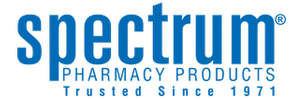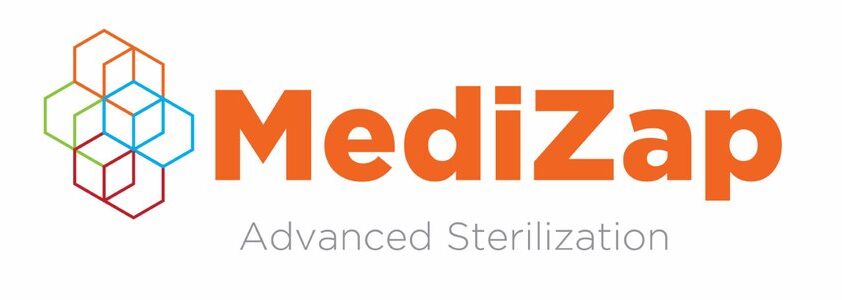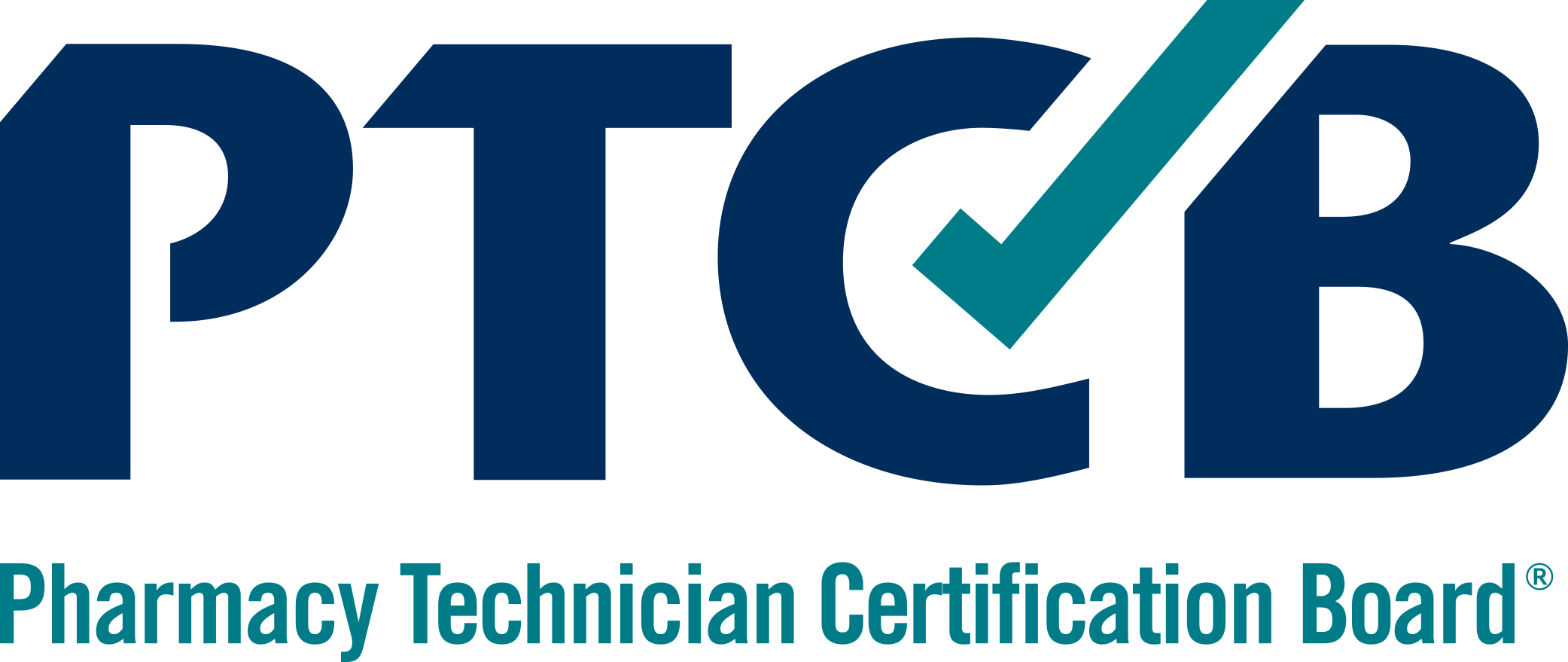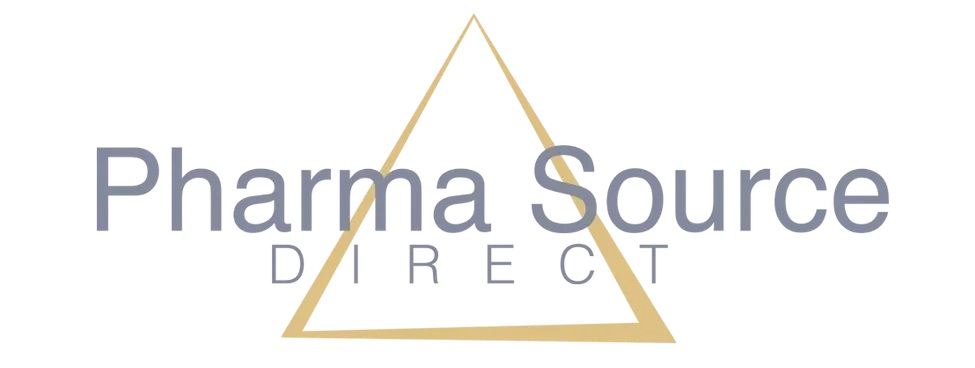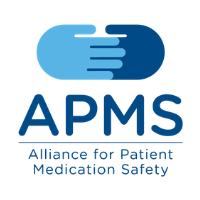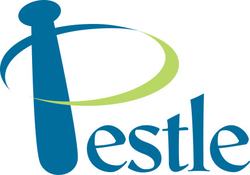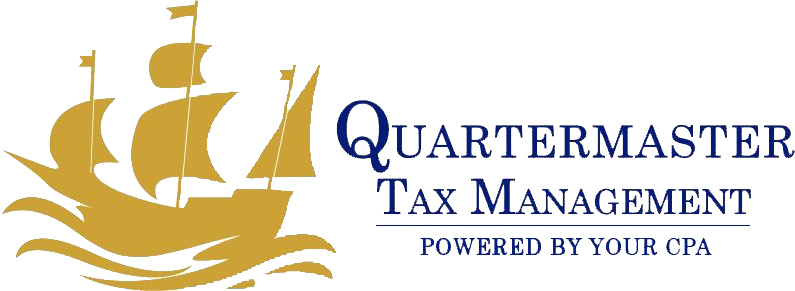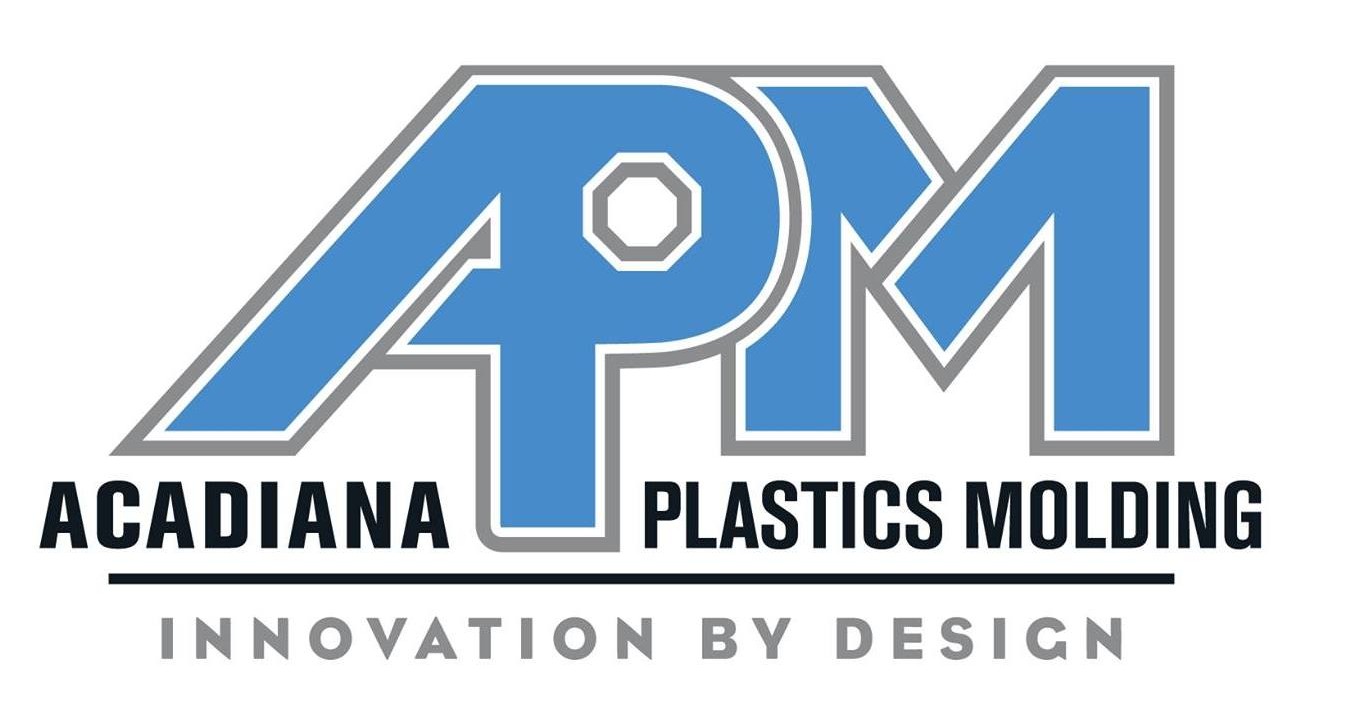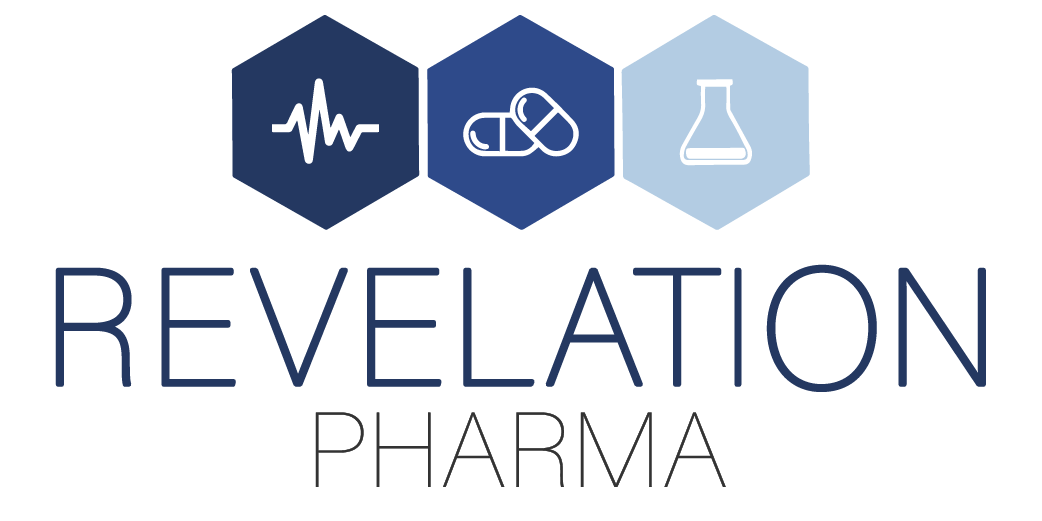
Continuing education webinars
Powered by the LP3 Network
Every month, APC offers a live webinar on a hot topic in compounding, presented by an expert (or experts) in the field. From reading a COA to cybersecurity threats, legal issues to consumer demand, you’ll find fresh, timely education in live APC webinars.
Most live courses become available on-demand about a week after the live presentation.
To see a listing of our live and on-demand webinars hosted by LP3 click here.
Telemedicine 2024 – Compliance for Compounders
Speaker: Mark D. Boesen, PharmD, JD
his webinar focuses on recognizing the latest legal requirements and best practices for pharmacies when filling telemedicine prescription orders in 2024. The webinar will provide pharmacists and pharmacy professionals with essential knowledge and practical insights to navigate the evolving landscape of telemedicine regulations.
Through interactive discussions and case studies, participants will delve into the intricacies of telemedicine laws and their impact on pharmacy operations. Led by an experienced practicing pharmacist and practicing pharmacy attorney specialist, this webinar will cover federal and state-specific regulations governing telemedicine prescription orders, including authentication procedures, documentation standards, and compliance with controlled substance regulations.
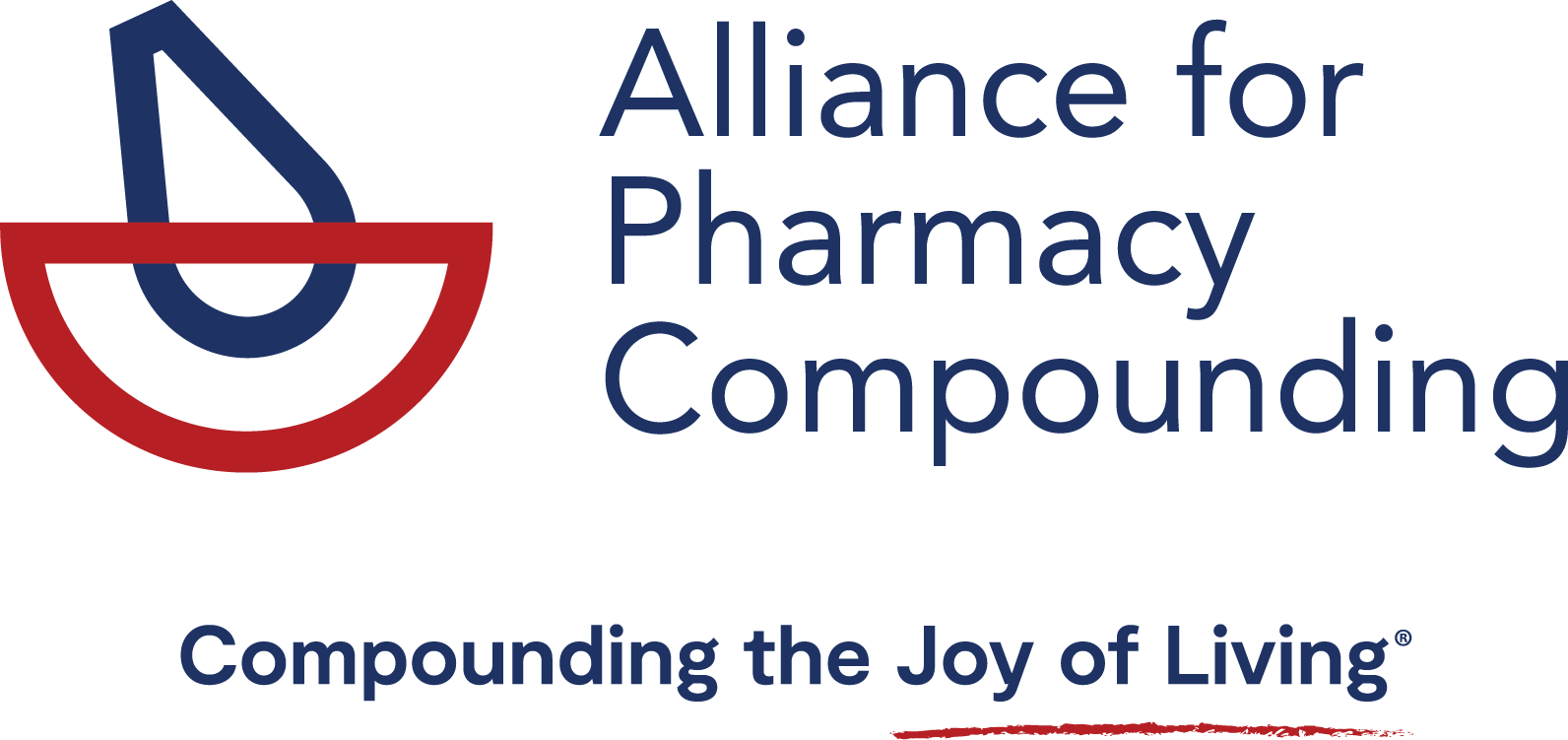



![Topi-CLICK a Division of TEAM Outlines[1]](https://a4pc.org/files/Topi-CLICK-a-Division-of-TEAM-Outlines1.png)

